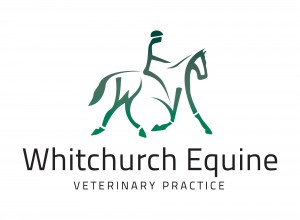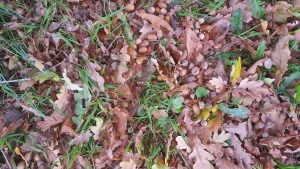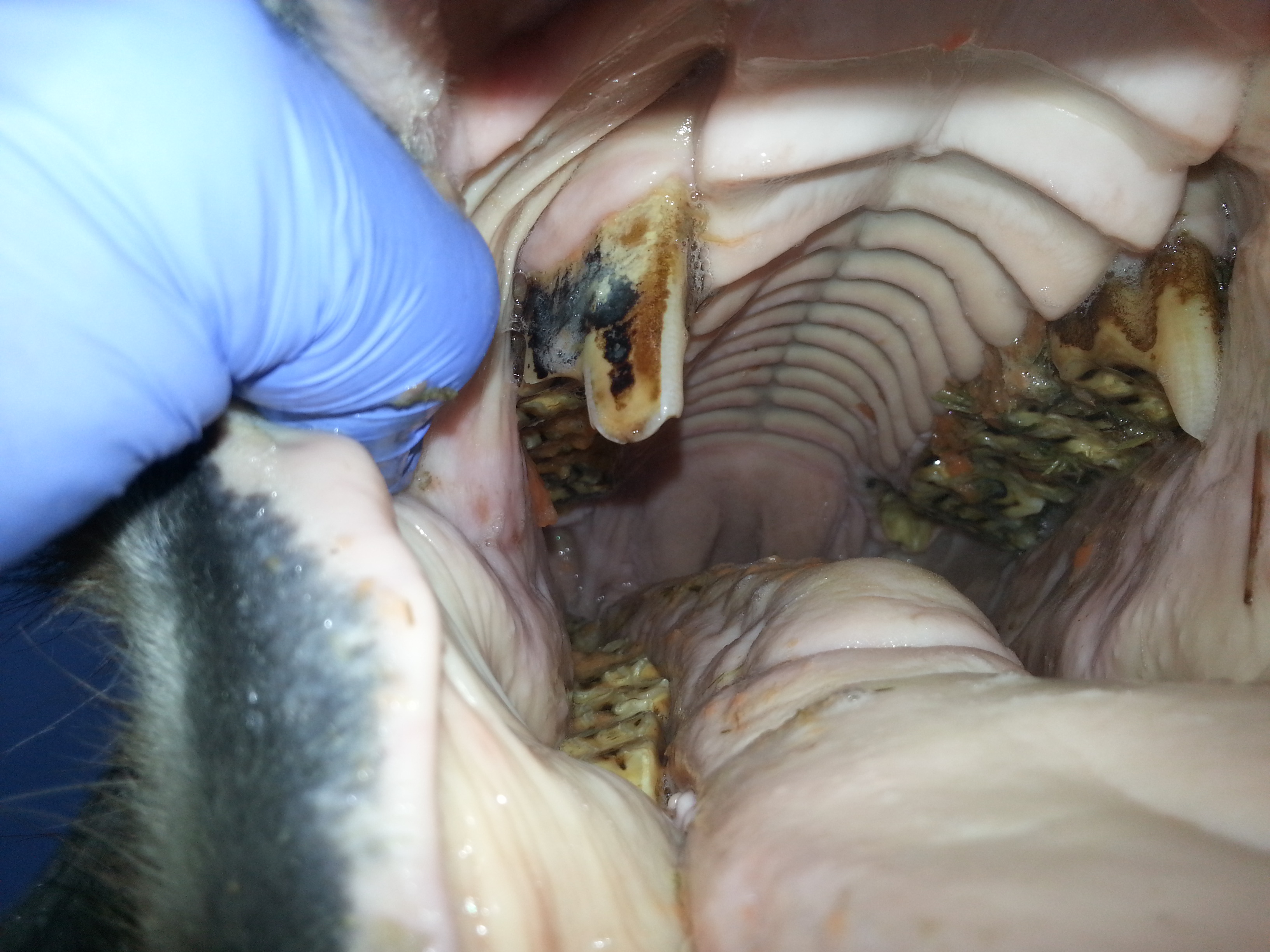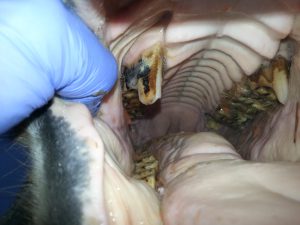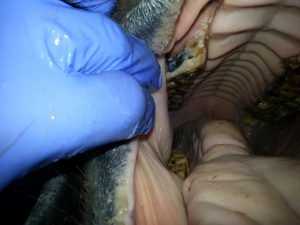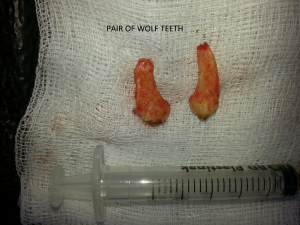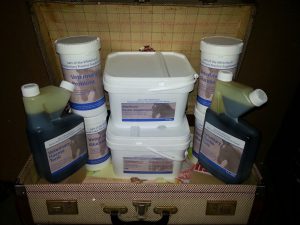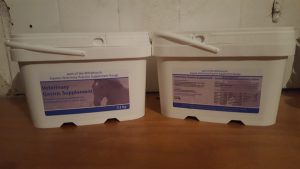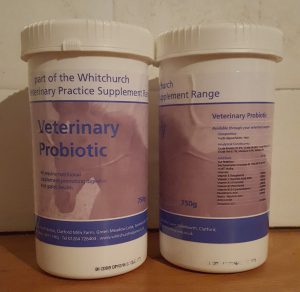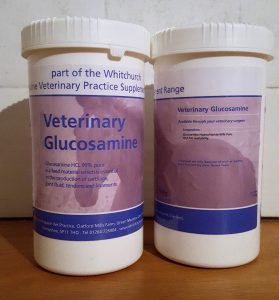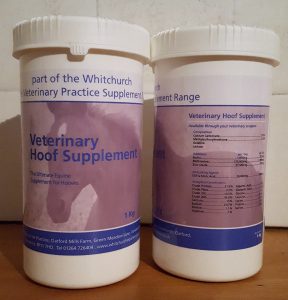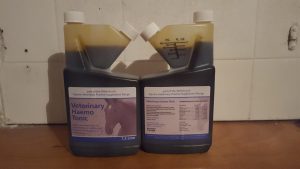From 1 October 2020, it will be a legal requirement in England for all equines (horses, ponies and donkeys) regardless of age (except some semi-wild populations), to be identifiable with the insertion of a microchip. Failure to do so will be a criminal offence.

Microchipping has a number of benefits for both horses and owners.
- lt will greatly increases the chances of a horse being reunited with their owner if it is lost or stolen.
- Assisting with welfare cases i.e. to find an owner if a horse is abandoned or mistreated.
- Tracking a horse through the food chain.
- Providing information to assist if there is a disease outbreak.
- It is also a permanent link between the equine and its paper passport
All microchips must be implanted by a vet, it is an offence for anyone to insert a microchip into an equine other than a vet.
Contact the practice to arrange for your pony or horse to be checked for the presence of a microchip.
Microchipping Action Plan:
- Check your horse or pony is compliant.
- Look on their Equine Passport to see if a microchip has already been inserted, which will be the case in most animals born after 2009 when Passport issuing was synchronised with microchip insertion.
- Check the microchip is on a Database such as the Central Equine Database: www.equineregister.co.uk/home
- Check the microchip is registered in YOUR name with YOUR contact details, not the last owners!
Microchip numbers are unique 15 digit numbers incorporating their country of origin. Microchips are registered by their manufacturer to the veterinary surgeon and then need to be registered by the Owner on a National Database for future reference.
- If an equine is already microchipped, owners must ensure that its details are correctly recorded on the Central Equine Database, by accessing the online Digital Stable.

Digital Stable
The Digital Stable seems to be a way of introducing a Central Database of Horses and Ponies in England. The digital platform allows you to log on and register your animals. You can also use the platform to check whether your microchip has been registered previously and hopefully that the details tally with your horse or pony!
Equine Passports
All horses and ponies should have been issued with an Equine Passport from 2007 and with a microchip and passport from 2009. The British Horse Society has a good advice section with numerous question and answers, by following the link
https://www.bhs.org.uk/advice-and-information/horse-ownership/horse-passports/faqs
In short your horse or pony should have an Equine Passport which contains details of ownership, a microchip number and a completed silhouette illustrating markings in conjunction with a written description. The Passport will also contain a section relevant to the infamous ‘Human consumption’ issue where you should declare whether (or not) your animal is intended for Human consumption.
